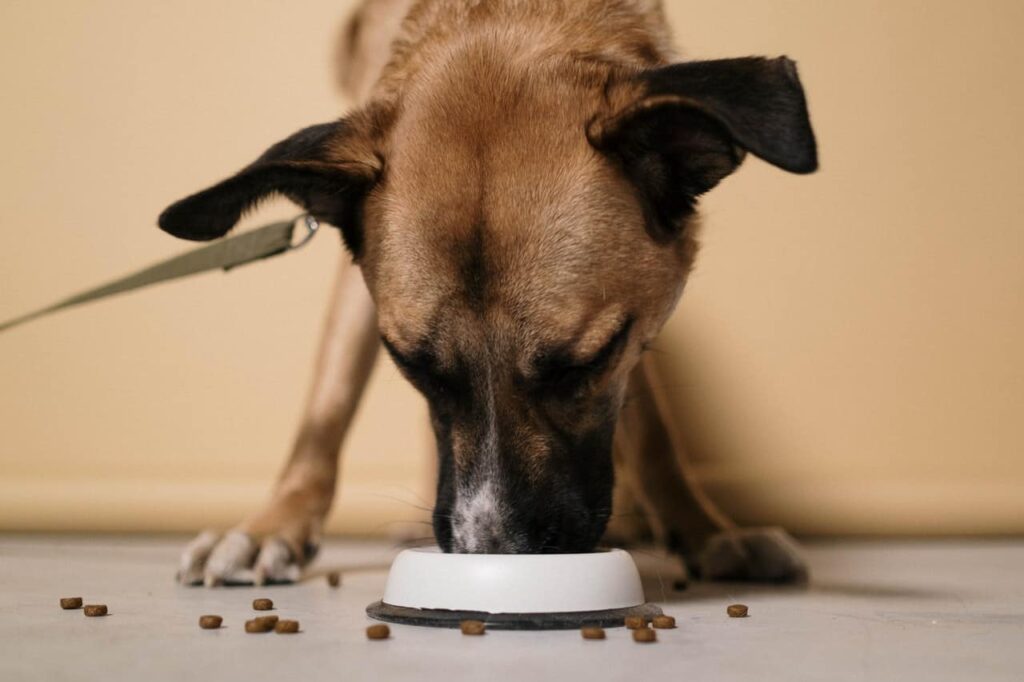Dogs, just like humans, need a balanced diet to stay healthy and active. While we often hear about low-sodium diets for people with heart issues, the same applies to our furry friends. Sodium, an essential electrolyte, is necessary for maintaining proper cell function, but too much of it can lead to health complications, especially in dogs with heart or kidney problems. That’s where low-sodium dog food comes to the rescue! But before diving in, let’s understand why cutting back on sodium could be the healthiest choice for your pup.
How Does Sodium Affect Your Dog’s Health?
Sodium isn’t all bad—in fact, it’s essential. It helps regulate your dog’s body fluids, nerve impulses, and muscle function. However, when your dog’s sodium intake is too high, it can lead to elevated blood pressure, strain on the heart, and even kidney disease. Dogs with preexisting heart conditions, such as congestive heart failure (CHF), are particularly vulnerable to the adverse effects of high sodium levels. Low-sodium diets become a vital part of managing their health, helping to control fluid retention and reduce the workload on their heart.
When Should You Consider a Low-Sodium Diet for Your Dog?
Not all dogs need to switch to low-sodium food, but there are certain situations when it’s essential. Dogs diagnosed with heart conditions, kidney disease, or hypertension are prime candidates for a low-sodium diet. Veterinarians often recommend switching to low-södium food as part of a broader treatment plan to manage these conditions. If your dog is showing symptoms like coughing, lethargy, or difficulty breathing, consult your vet. They may suggest low-södium dog food to help ease these symptoms and support your dog’s health.
How to Choose the Right Low-Sodium Dog Food?
Not all dog food brands are created equal, and when looking for low-södium options, it’s important to be a savvy shopper. First, consult your veterinarian—they can provide specific recommendations based on your dog’s health needs. Then, read the labels! Look for dog food that clearly states it’s low in södium. Some key phrases to look out for are “low-södium,” “reduced södium,” or “heart-healthy.” Remember, low-södium doesn’t mean bland. Many high-quality dog foods use natural ingredients to ensure your pup’s meals are still tasty, even if they’re cutting back on salt.
Ingredients to Watch Out For
When browsing through low-södium dog food options, there are certain ingredients you’ll want to avoid. Some common culprits of hidden södium include processed meats, additives, and preservatives like södium nitrate. Instead, opt for foods made with whole, natural ingredients like fresh meats, vegetables, and grains. Foods high in omega-3 fatty acids, such as fish or flaxseed, are excellent additions to a low-södium diet. Omega-3s have anti-inflammatory properties that can help support cardiovascular health—exactly what your dog needs if they’re battling heart issues.
